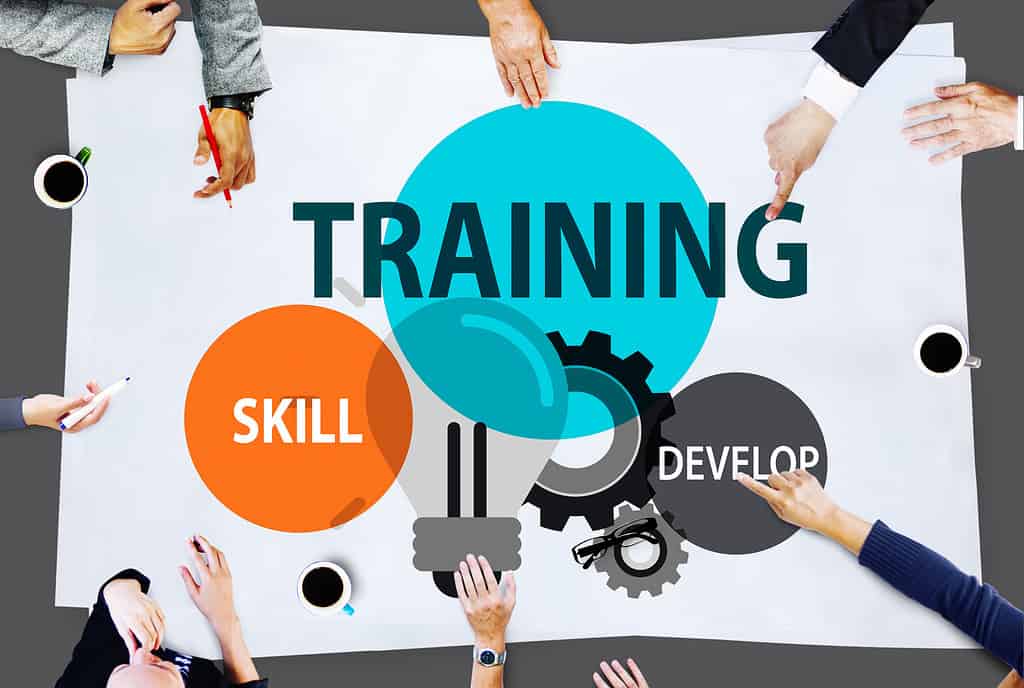Category: Concepts

Understanding the Causes of a Jack in the Box
Updated:You may remember seeing or having a Jack in the Box toy when you were a child. It looked much like a box and would have a crank on its side that you could turn. It would play a little song, and suddenly the top would fly open and the head of a clown (or […]
Read more »
Meeting Customer Expectations with Kano Analysis
Updated:What do your customers really want? You are taking a risk by blindly fulfilling your customers’ needs without understanding how they classify them. Kano analysis will allow you to properly classify those customer needs and lower your risk.
Read more »
Ishikawa, Ichiro
Updated:Japanese quality professional widely known for the Ishikawa diagram also known as the fishbone or cause and effect diagram. He is also known as Ishikawa, Kaoru.
Read more »
Intangible Benefits
Published:Leaders, managers, and practitioners love tangible (hard and soft) benefits because they can be measured and quantified; however, intangible benefits create goodwill and buy in among employees.
Read more »
How to Optimize the Value of Hypothesis Testing
Updated:Hypothesis testing is a branch of statistics in which, using data from a sample, an inference is made about a population parameter or a population probability distribution.
Read more »
Key Process Operating Variable (KPOV)
Published:Or Key Process OUTPUT Variable
Read more »
How Employee Empowerment Benefits Your Business
Updated:Virtually every business decision is a matter of investment and success is based on how companies deploy resources like employee time, capital and brand image. The authority to make independent decisions is also a type of resource that can and should be invested by delegating it to team members. Overview: What is empowerment? Employee empowerment […]
Read more »
Building a Knowledge-Based Community: An Overview
Updated:The pursuit of knowledge is not relegated solely to the individual. Businesses regularly gather staff and other stakeholders with the intent of working together to gain knowledge that can assist in the goals of the organization. When an organization puts together a knowledge-based community, it shows that it is not only invested in the advancement […]
Read more »
The Evolution and Impact of Jidoka
Updated:STOP THE PRESSES! Jidoka will immediately stop equipment upon discovering an abnormality in the process. Let’s explore this a little deeper.
Read more »
Kirkpatrick Model of Evaluation
Published:Is your Lean Six Sigma training accomplishing what you want it to do? How do you know? Those questions can be answered by using the Kirkpatrick Model of Evaluation. Let’s see how.
Read more »
What Every SS Practitioner Should Know About Factors
Updated:The word factor, in the context of Design of Experiments (DOE), has several other names. Let’s learn more about what a factor is and how it is used in DOE. One of the most common formulas in statistics is Y = f(X) which states that Y is a function of X. If you define Y […]
Read more »
Information Communication Technology: The Tools for Building a Stronger Business
Updated:The landscape of how business is done is ever-evolving. The way that businesses interact with customers and how those customers purchase goods and services is unrecognizable from how things were done just a couple of decades ago. A big component of these changes is the rise of information communication technology. Any time you make a […]
Read more »
Error (Type II)
Published:Error that concludes that someone is not guilty, when in fact, they really are. (Ha true, but I concluded Ho). BETA Accept an hypothesis or statement as true when it is false: Ho is false, but I conclude Ho is true. Error that concludes that someone is not guilty, when in fact, he or she […]
Read more »
The Danger of Instant Pudding in the Workplace
Updated:Instant pudding may make a great snack, but it’s a terrible approach to managing quality and productivity in business. Unlike the average domestic kitchen, there are very few things that you can simply whip together in the business world. Overview: What is instant pudding? In the context of business and process management, the term “instant […]
Read more »
Error (Type I)
Published:Error that concludes that someone is guilty, when in fact, they really are not. (Ho true, but I rejected it–concluded Ha). Also known as ALPHA error. Also known as Producer’s risk.
Read more »
Track Organizational Progress with the Help of Key Performance Indicators
Updated:How does your organization track and monitor organizational performance? Do you have key metrics that you frequently look at to make decisions? Using Key Performance Indicators (KPIs) is a common method for tracking your most important metrics. Let’s see how. A Key Performance Indicator (KPI) is a measurable value that demonstrates how effectively a company […]
Read more »
Hoshin Kanri
Published:Does your organization just focus on today’s operational and tactical issues, or is there a process for developing a strategic plan for the future? Hoshin Kanri is a method for ensuring an organization’s strategic goals drive progress and action at every level within that organization.
Read more »
The Importance of Knowing Your Indirect Costs
Updated:Having a clear comprehension of all the costs you incur when creating a product is integral to running a successful business. This includes both your direct and indirect costs. When making a product or providing a service, it may be obvious what your direct costs are since you are paying for parts, labor, and so […]
Read more »
The Competitive Advantage of Being a Certified Green Belt
Updated:Will having a Lean Six Sigma Green Belt help you break boards? No. But a trained and experienced Green Belt will help improve what your organization does so you can defeat waste, process defects, and much more. Let’s see how.
Read more »
How Goals Drive Purpose, Direction, and Efficiency in Business
Updated:Goals are pretty simple. In sports, reaching the goal adds points to the scoreboard. In business, reaching the goal means doing what you set out to do. In your personal life, it’s finding a sense of purpose, belonging and completion. Overview: What is a goal? Even though the concept is easy to define and understand, […]
Read more »
KJ
Published:Now that you have brainstormed and gathered a list of random ideas, how do you make sense of them? KJ is a tool for helping you establish the themes and relationships between your ideas.
Read more »
Interactional Data
Updated:Marketing is crucial for most organizations in their efforts to acquire new customers and maintain their relationships with their existing ones. There are many factors involved in developing proper marketing strategies. One of them is the collection and proper analysis of interactional data. Interactional data is not used to its full potential by many organizations […]
Read more »
The Impact of Key Business Issues: Understanding and Addressing Critical Challenges
Updated:Are all your organization’s problems and issues of equal importance? Probably not. How should you handle those that are the most critical and important? Let’s find out. A Key Business Issue (KBI) refers to a critical problem or challenge that your organization faces, which can significantly impact your performance, growth, or competitiveness. KBIs are specific […]
Read more »
Fitted value
Published:Fitted values are, in short, predictions. In Six Sigma terms, they are the expected value of Y for a specific combination of Xes and allow the practitioner to estimate what to expect even when those predictor values have never been observed.
Read more »